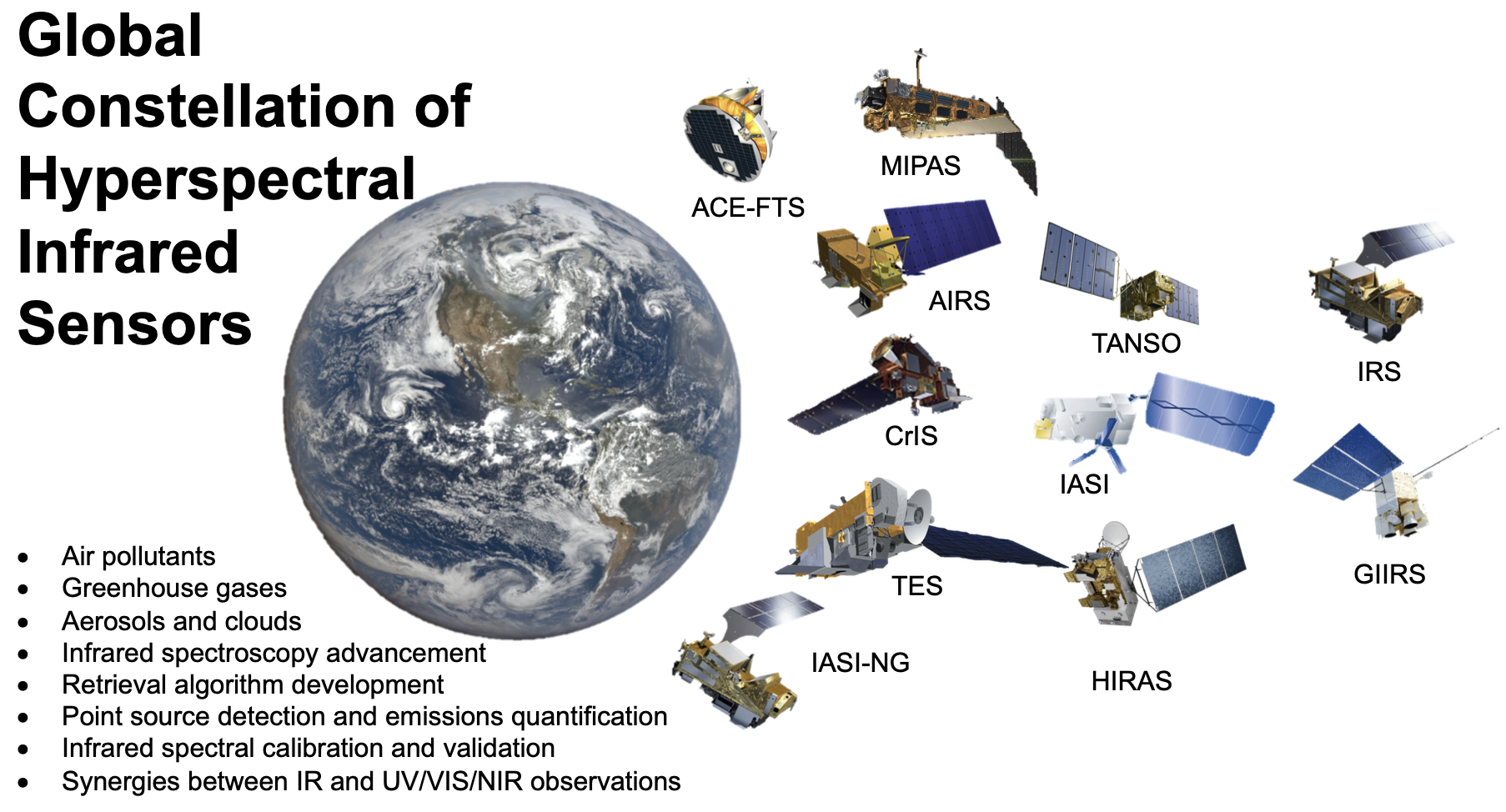
Gender:Male
Alma Mater:The Chinese University of Hong Kong
Education Level:Postgraduate (Doctoral)
[MORE] Honors and Titles:2023-05-01 Elsevier/JQSRT Richard M Goody Award
2021-12-01 国家级人才计划青年学者项目
2013-09-01 中国科学院院长优秀奖

Dr. Zeng is currently an Assistant Professor at Peking University (PKU) in Beijing, China. He was an Associate Research Scientist (Nov. 2021 - Jan 2022) at Caltech, Assistant Researcher at JIFRESSE of UCLA (Mar. 2019 - Oct. 2021), and Postdoc researcher at Caltech (Feb 2017 - Feb. 2019) after receiving his PhD in 2016 from CUHK in Hong Kong. His research interests include radiative transfer and inverse modeling in atmospheric remote sensing. He received the Richard M. Goody Award by Elsevier/JQSRT in 2023 for his contributions to atmospheric remote sensing. He is currently leading a research group at Peking University to measure global greenhouse gases and air pollutants and understand their evolution using China's FengYun series satellites.
Earth's atmosphere monitored from China's FengYun GEO/LEO satellites
The Geostationary Interferometric Infrared Sounder (GIIRS) onboard China’s FengYun-4 satel- lite series (FY-4A/B) is the first GEO hyperspectral infrared sounder. FY-4A and FY-4B currently operate at 86.5°E and 105°E, respectively. The GIIRS observations cover most of East Asia with a focus on China, with a 2-hour observing cycle. GIIRS measures at a 12 km spatial resolution at nadir and was recently used to retrieve ammonia (Zeng et al. 2023b), CO (Zeng et al. 2023a), formic acid (HCOOH; Zeng et al. 2024), and ozone (Liu et al., 2025, under review)
Part of the datasets has been made available through published papers. If you are interested in using the full/updated FengYun data, please contact me at zczeng AT pku.edu.cn

Click:
The Last Update Time:..